The housing boom sparked a frenzy of construction across the country—but not every project reached the finish line. In some cities, entire blocks were cleared, foundations were poured, and framing began, only for work to stall indefinitely. The reasons vary: developers pulled out, buyers vanished, or municipalities ran out of funds to support new infrastructure. Now, these half-finished neighborhoods stand as a jarring reminder of ambition outpacing reality. Here are 13 U.S. cities where the boom went bust—and left whole streets in limbo.
1. Cape Coral, Florida

Cape Coral saw explosive growth in the early 2000s, with hundreds of miles of canals making it an attractive destination for new development. But when the housing market crashed, many projects were halted mid-build. Rows of empty lots and concrete pads still dot some neighborhoods. What was supposed to be Florida’s next great coastal city ended up with blocks frozen in time.
The city has been recovering slowly, but the remnants of abandoned development plans remain visible. Some streets have utilities installed and roads paved, but no homes in sight. In other areas, overgrown lots and partially built homes are surrounded by newer constructions. In yet more, squatters live in unfinshed properties, according to Gulf Coast News. Cape Coral’s landscape is a patchwork of progress and pause.
2. Victorville, California
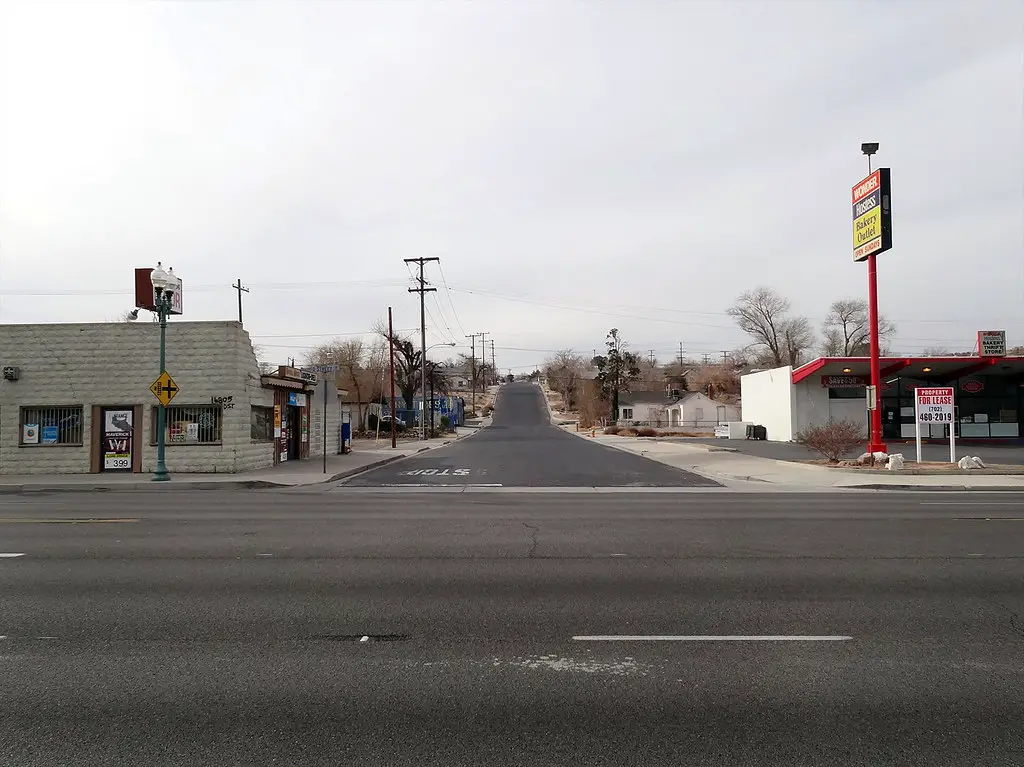
Victorville was meant to be an affordable alternative to Los Angeles, with master-planned communities sprouting up in the high desert. But after the 2008 crash, entire subdivisions were left incomplete. Paved streets end in dirt, sidewalks run past open land, and frames of homes were dismantled or vandalized. The city has become a symbol of boomtowns that fizzled.
While some growth has resumed, many of the unfinished neighborhoods have become eyesores, says the Los Angeles Times. Investors remain hesitant, and infrastructure in some areas remains underutilized. Residents nearby often deal with increased crime or trespassing around the abandoned plots. Victorville’s potential still lingers, but the scars of overbuilding are hard to miss.
3. Las Vegas, Nevada
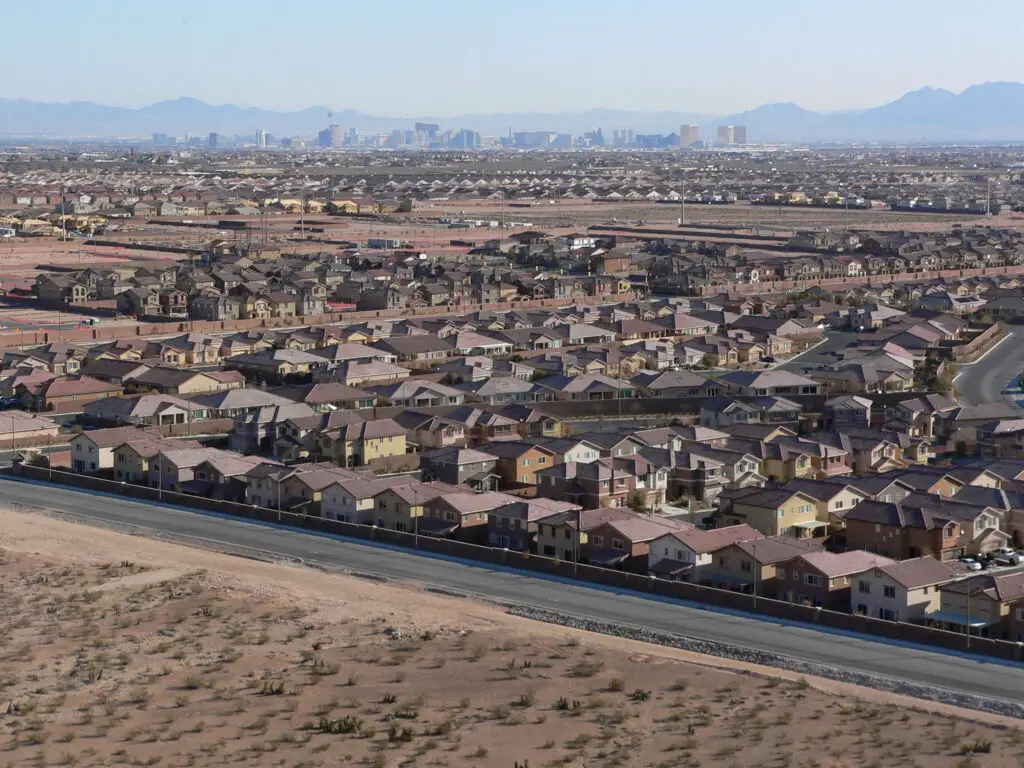
Las Vegas expanded rapidly during the early 2000s, with developers betting big on endless population growth. But when the recession hit, countless housing developments were stopped midstream. Streets lined with streetlights and curbs still lead to nowhere. Some planned communities have sat idle for over a decade.
The city has bounced back in many ways, according to the Nevada Independent, but these unfinished tracts serve as quiet reminders of speculative overreach. Some sites have been sold off piecemeal or repurposed, while others remain eerily empty. Residents in completed sections often find themselves living next to wastelands of halted progress. Vegas rolled the dice—and in some spots, it lost.
4. Phoenix, Arizona
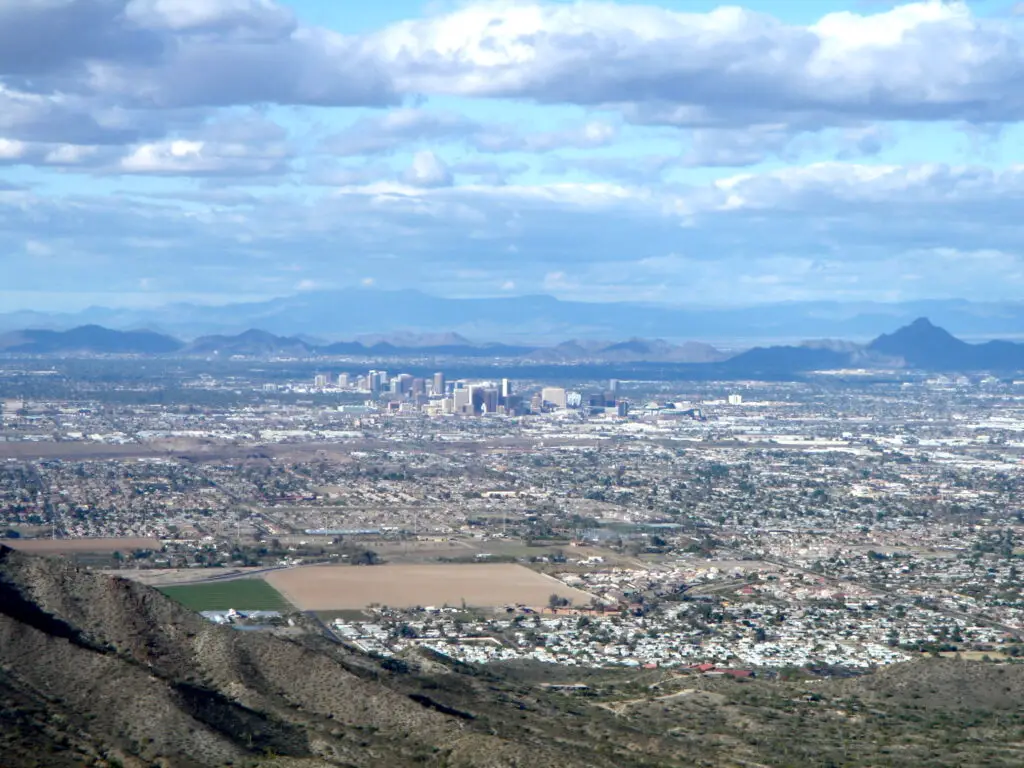
Phoenix became one of the poster children for rapid suburban sprawl during the boom years. Entire neighborhoods were planned and partially built, only for the housing crisis to bring everything to a halt. Sidewalks lead to open fields, and cul-de-sacs end in empty desert lots. Some developments were never resumed, leaving infrastructure without the homes it was meant to support, notes The New York Times.
Despite Phoenix’s ongoing growth, not every abandoned project has been revisited. Homeowners who moved in early now find themselves surrounded by undeveloped parcels. Property values in those areas often fluctuate more dramatically. The unfinished blocks are a stark contrast to the polished communities just a few streets away.
5. Lehigh Acres, Florida

Lehigh Acres was promoted as a sprawling suburban paradise, with grids of streets carved into the Florida wilderness. During the boom, it became one of the fastest-growing areas in the state—but also one of the most overbuilt. Many roads were paved and lots were sold, but houses were never constructed. Today, entire blocks look like ghost towns.
Wild vegetation has reclaimed some of the unfinished streets. Locals refer to them as “phantom neighborhoods” because they were platted but never truly developed. Infrastructure like drainage and power lines sit idle, waiting for residents who never arrived. It’s a haunting reminder of how quickly a market can turn.
6. Bakersfield, California

Bakersfield became a hotspot for developers chasing affordable land and a growing population. Dozens of new subdivisions were launched during the boom, with infrastructure installed well before the market collapsed. Some of these blocks remain stuck in limbo, with sidewalks and street signs in place—but no homes built. The result is an unsettling mix of empty potential and dashed hopes.
In certain neighborhoods, residents drive past rows of lots that were cleared but never developed. Weeds grow where lawns were supposed to be, and the sound of construction has long since faded. While some efforts are underway to revive these areas, not all have attracted renewed interest. Bakersfield is still contending with the consequences of premature expansion.
7. North Las Vegas, Nevada
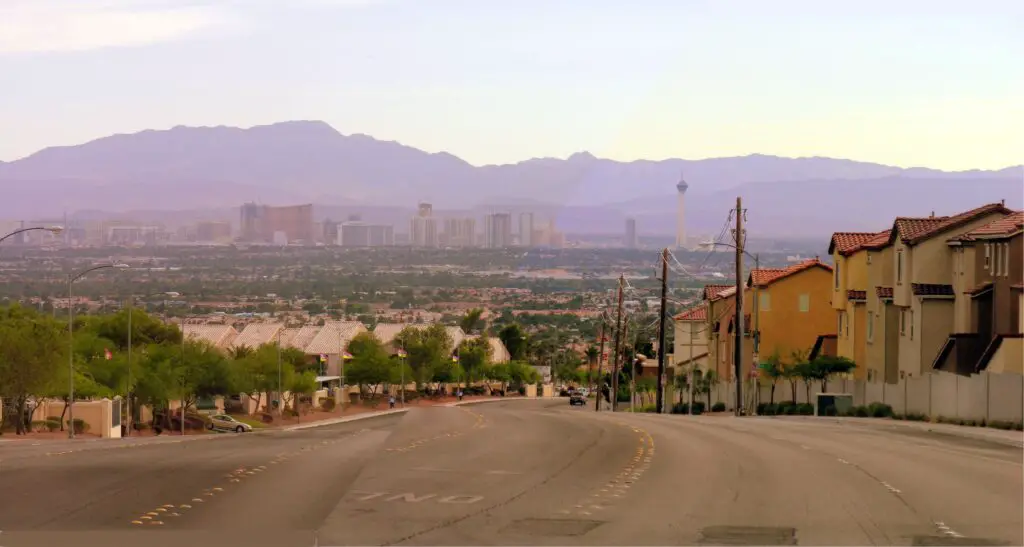
North Las Vegas was one of the fastest-growing cities in the U.S. prior to the housing crash. Developers raced to meet demand, clearing vast tracts of land and installing early-stage infrastructure. But many of those projects came to a screeching halt in 2008, leaving entire neighborhoods unbuilt. Today, you’ll find paved intersections with no homes on any corner.
Some efforts to restart development have been made, but progress remains slow. Property owners and investors have had to wait out market fluctuations before committing to new builds. In the meantime, the unused land has led to maintenance issues and illegal dumping. The optimism that once defined the area has been tempered by years of stagnation.
8. Port St. Lucie, Florida

Port St. Lucie was once envisioned as Florida’s next big real estate frontier. Streets were paved and utilities were extended into areas developers expected to fill quickly. But as the housing market collapsed, momentum disappeared almost overnight. Now, there are sections of the city that feel like unfinished blueprints brought to life.
Residents who moved in early now live next to vacant lots and half-constructed homes. The city has been working to rezone and attract new builders, but challenges persist. Infrastructure that was once a selling point now sits underused or deteriorating. The dream of a bustling suburb never fully came to pass in certain parts of town.
9. Rio Rancho, New Mexico
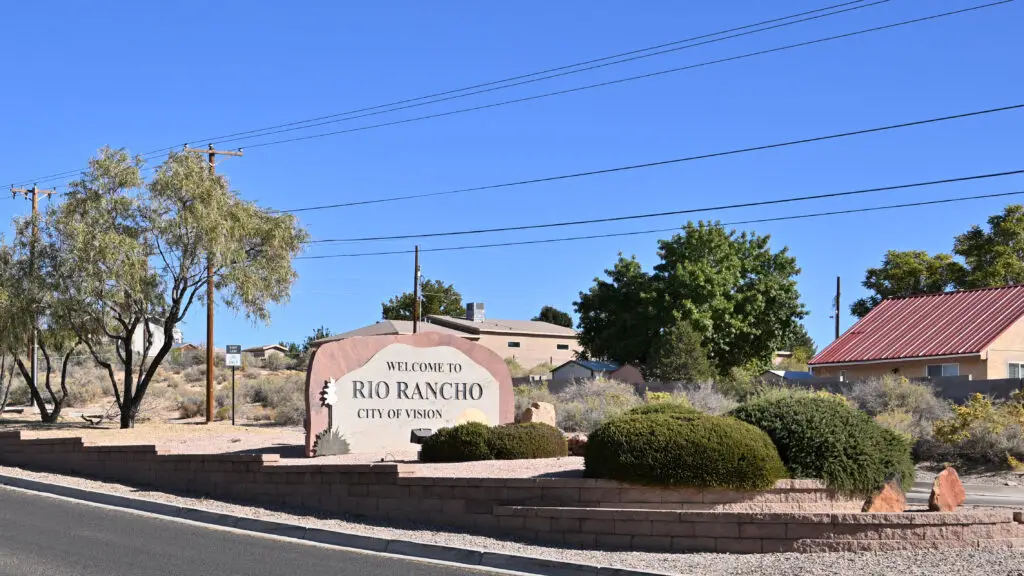
Located just outside Albuquerque, Rio Rancho was once billed as a rising suburban star. Thousands of lots were subdivided and roads were laid, but development lagged behind the planning. As a result, large swaths of the city are crisscrossed with empty streets and scattered homes. Some areas resemble post-apocalyptic movie sets more than active neighborhoods.
Developers have slowly returned, but progress is piecemeal. Residents often report long waits for services or neighbors to move in. The city’s infrastructure outpaces its actual population in several districts. Rio Rancho is still trying to catch up to its own blueprint.
10. Atlanta, Georgia (Outlying Suburbs)
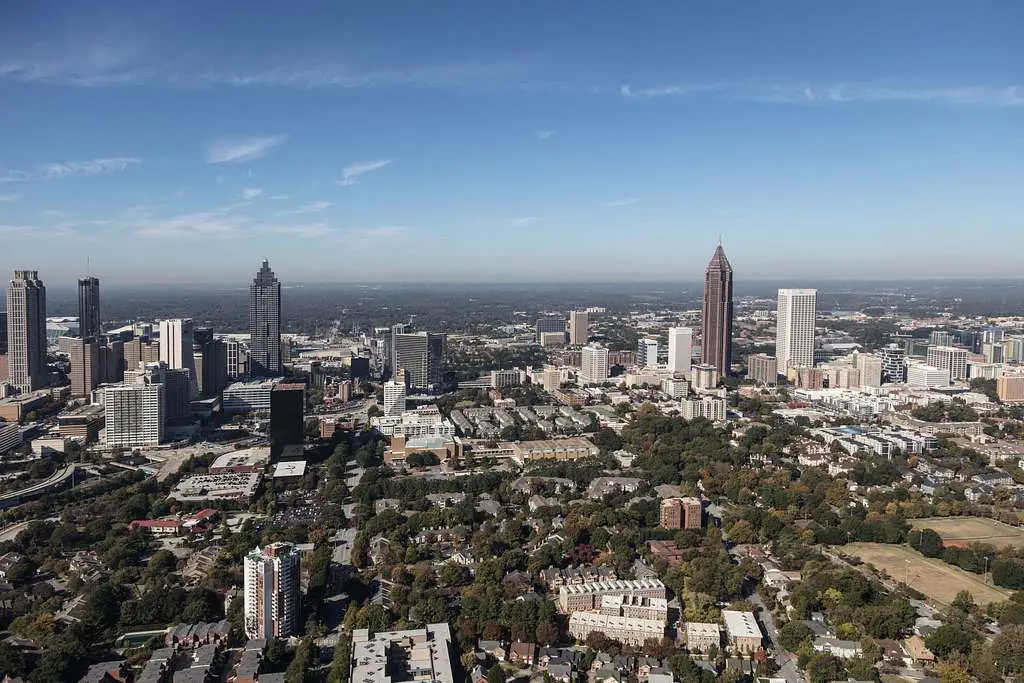
The Atlanta metro area experienced a construction explosion in its outer suburbs during the early 2000s. Developers pushed far beyond the city core, building streets and utilities for communities that never filled in. After the crash, many of these subdivisions were abandoned midway. Drive just a little outside city limits, and you’ll find entire roads to nowhere.
Some of these areas have begun to see renewed interest thanks to remote work trends. But others remain stuck in limbo, with decaying infrastructure and no new development plans. The imbalance between preparation and population still defines many of these suburbs. Atlanta’s urban sprawl shows the dangers of betting too big, too fast.
11. Fort Myers, Florida

Fort Myers was another Florida boomtown that overpromised and underdelivered. As developers rushed to capitalize on Gulf Coast demand, they laid the groundwork for massive communities. But many were never completed, leaving roads and plots languishing under the sun. Even today, sections of Fort Myers are dotted with roads leading to silence.
New interest in the area has revived some projects, but scars from the earlier bust remain. Long stretches of undeveloped land sit between finished homes, creating an eerie patchwork. The disjointed growth continues to affect everything from zoning to school planning. Fort Myers is still working to make sense of its incomplete past.
12. Stockton, California
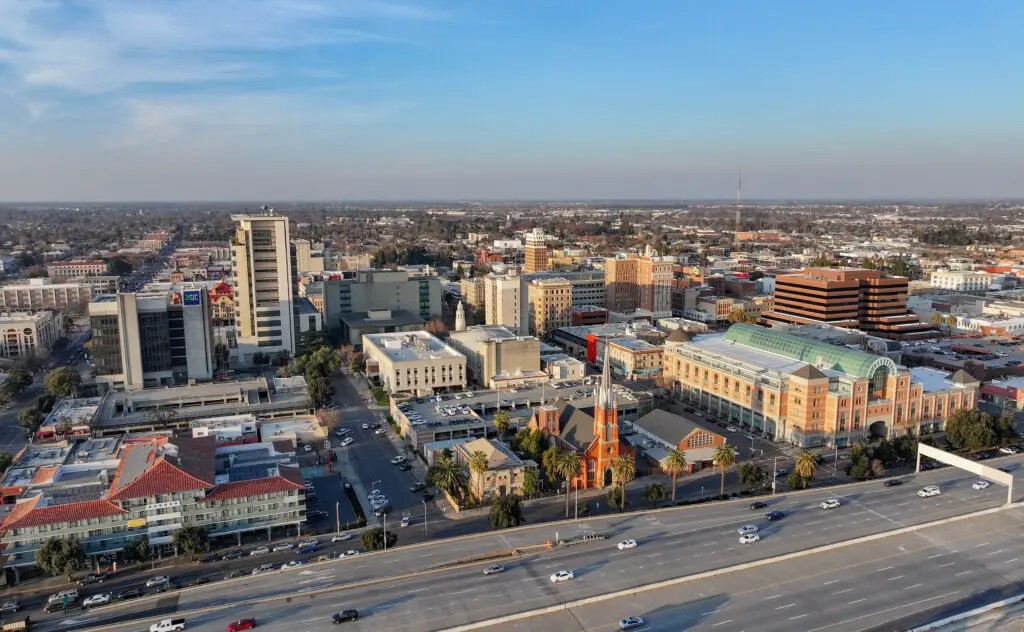
Stockton was one of the hardest-hit cities during the housing crisis, even filing for bankruptcy in 2012. Before the bust, developers had grand plans, and new neighborhoods were rising quickly. But when the crash came, many builds were paused indefinitely. You can still find subdivisions where paved roads lead only to fields of weeds.
The economic strain halted construction for years, and only recently has growth resumed. Yet the backlog of unfinished blocks creates challenges for planning and investment. Residents live with a constant visual reminder of financial overreach. Stockton’s revival is ongoing, but its landscape bears the burden of dreams deferred.
13. Palmdale, California
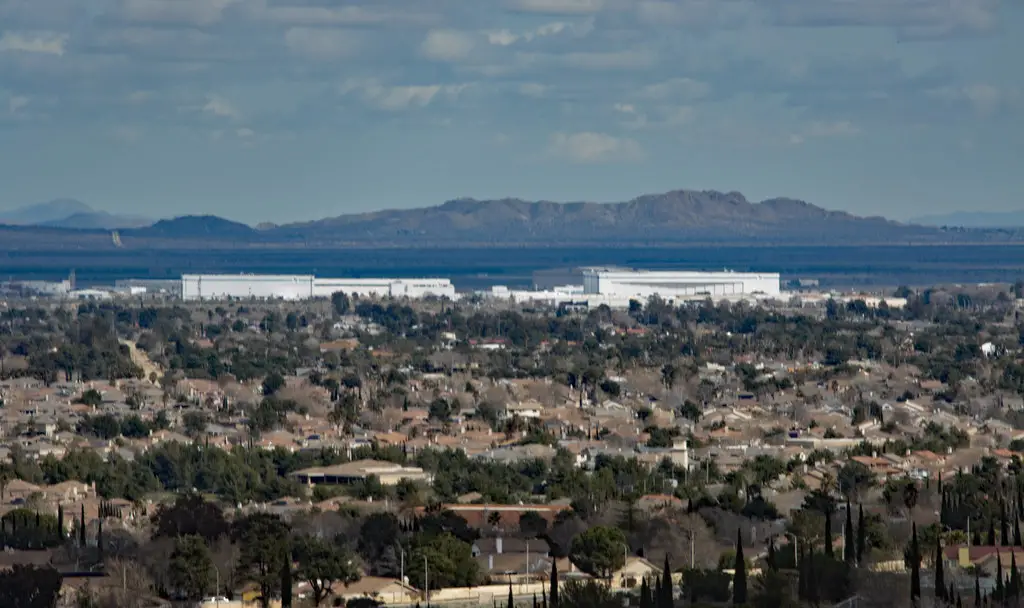
Palmdale, located in the Antelope Valley, was poised to be a commuter hub for workers priced out of Los Angeles. Huge swaths of land were cleared and prepped for rapid development. But when demand dropped, the city was left with ghost blocks—roads, curbs, and streetlights with no homes in sight. It’s a modern-day mirage of suburban ambition.
The city has tried to pivot toward more sustainable growth, but the remnants of failed subdivisions linger. Residents deal with issues like vandalism and dumping in these vacant areas. While nearby neighborhoods thrive, these unfinished blocks are stuck in limbo. Palmdale’s landscape is marked by the contrast between potential and pause.
